

Everything revolves around the balance - Part 2
The balance is the real heart of any watch. Hence, it made sense to focus some attention on it to see how watchmaking brands are planning its evolution as a key element of the future of mechanical horology.
It is worth noting that, originally, balances were used as oscillators for innovating regulating organs whereas nowadays they are mostly used to improve the performance of already existing ones. Maybe, one day, watchmakers will try to make all the elements of a mechanical chain interact to significantly improve overall functioning. However, that remains to be seen.
The innovating escapements such as balances that we find on the market nowadays are increasingly varied and numerous. The latter is proof of a change in the profession for it would seem that after a thorough analysis of traditional developments, watchmakers have set out to gain some hundredths of a second by resuming the research undertook by past watchmakers. Indeed, said research was often abandoned due to lack of ultra-modern and precise machinery, or even advanced technologies, such as DRIE or LIGA, at their disposal.
The roots of change
Developed in the 18th century by Thomas Mudge, the lever escapement has proved its worth to watchmakers in every way thanks to the progress made in technique and materials. However, there is just so much this easy-to-manufacture organ can do. It provides relatively good precision as per current chronometric standards – from less than three seconds of delay to more than six seconds of advance in 24 hours. And while we can be convinced that this variation in rate is suitable, a traditionalist watchmaker could never be satisfied with it.
This is why some purists who work at manufactures with means manage to make themselves heard and to convince their management to invest in mechanical research. The aim of said research is always to develop original regulating organs that give back some hundredths of a second to purely mechanical timepieces.
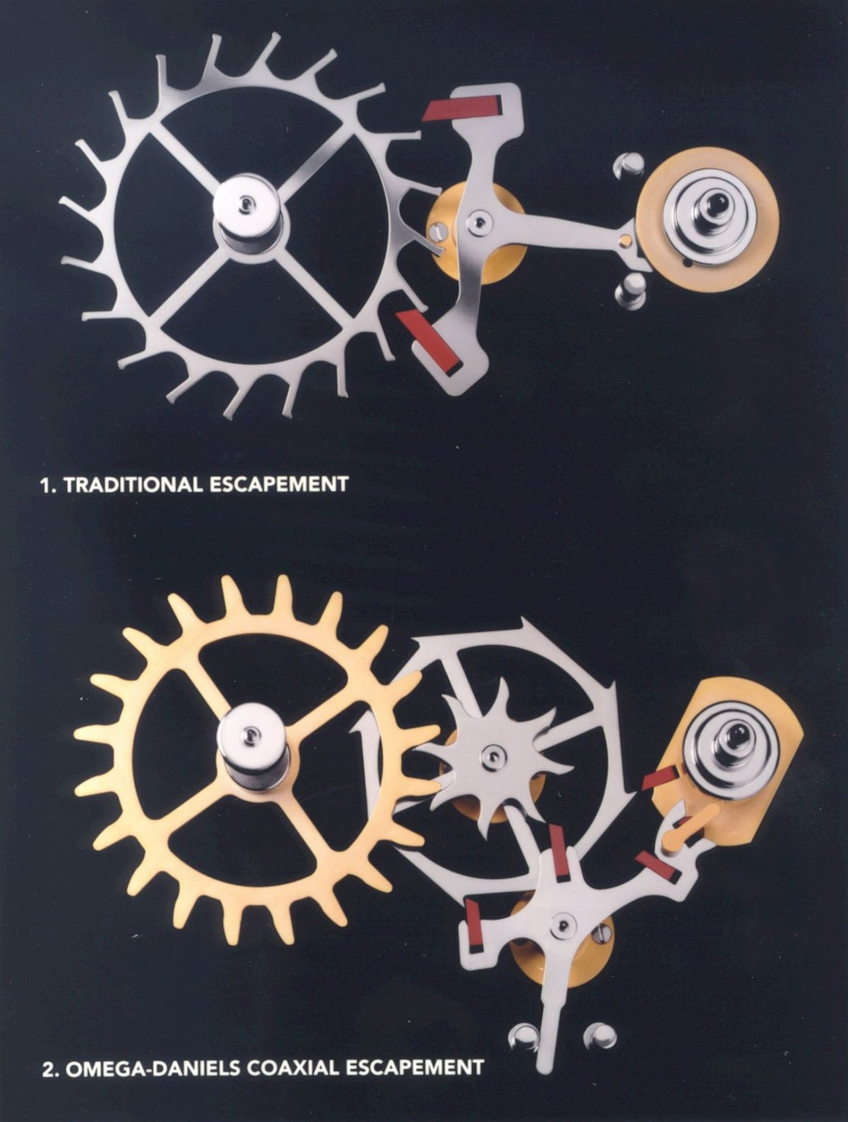
Questioning everything
As you might suspect, for the last twenty years, watchmakers have tried every possible solution to solve the problem of random precision in mechanical watches.Of course, a three-minute-per-month working error is not really serious, but non-specialists will find it hard to accept, given the price at which watches are sold today. While there is little chance that any watchmaking brand manages to do better than Seiko's Spring Drive caliber (less than 15 seconds of advance or delay per month), some purists spend a lot of money on research and development if only to justify the unreasonable price of their creations. Incidentally, the poor results and the fact that the ideas that were implemented had very few alternative applications might well mean that it has all been a waste of money.
Indeed, nowadays only the "Co-axial" is produced everywhere. The escapement was developed by George Daniels and based on the late-19th-century works of C. Fasoldt, an American watchmaker from Dresden (Germany). The Coaxial has been made reliable since 1999 and housed in Omega's high-end watches. It is equipped with a silicon balance (Si14) that features internal adjustable screws placed horizontally and coupled to a silicon balance-spring. The precise escapement-balance, which has been modified at the level of the impulse wheel, provided long-term and very satisfactory adjustments.
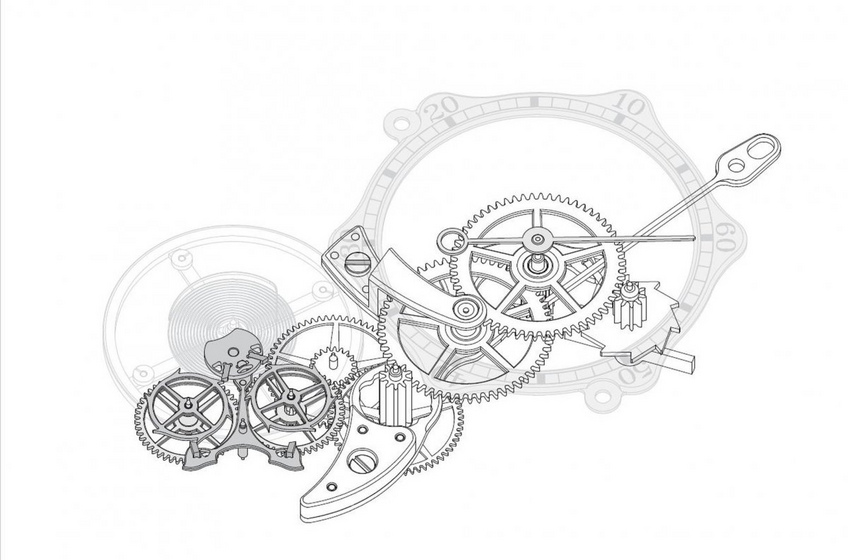
Questioning some of it
It is worth noting that most of the brands that risked the use of special escapements called upon traditional balances. To be innovating, it would have undoubtedly been wise to take on the risky challenge of questioning the whole kinematic chain. Instead, the balance of the Dual Ulysse by Ulysse Nardin, freely inspired by Breguet’s "Sympathique", was a simple balance, at least at first glance. The balance François-Paul Journe combined with the escapement of the Chronomètre Souverain looks exactly like the ones from generic collections. The Audemars Piguet escapement, derived from 18th century watchmaker Robert Robin's, also missed the opportunity to be combined with a new type of balance.
But watchmakers seem to find it difficult to think of a regulating group as a whole. As for challenges, they often prefer to show their skills by creating instruments equipped with very illustrative mechanisms featuring double or triple tourbillons rather than to address the improvement of the regulating organ. But let's be honest: who is really interested in all this other than some watchmakers, precision freaks and mechanics?
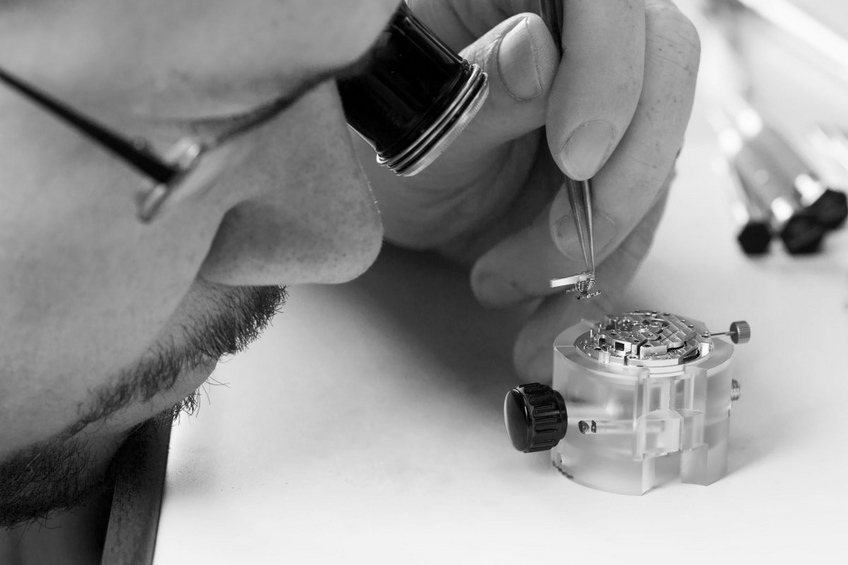
The latest developments
Luckily, however, serious brands still question watch performance and, in one way or another, try to solve the issue of precision. Hence, Jaeger-LeCoultre has added the new balance "Gyrolab" to its Geophysic collection this year. This original balance was introduced as an enhanced version of an uncut balance with a rim and it was expected to guarantee improved precision. Yet, the piece was not delivered with a "Bulletin de Marche", as used to be the practice in the past. Besides, chronometric precision that is only guaranteed by the thousand-hour test to which the brand subjects its every model must be considered as induced.
To make it more interesting and to add some scientific credibility, the Gyrolab could have been cut to a new-generation escapement. An idea could have been the "Isomètre à Ellipse" Jaeger-LeCoultre developed for the "Reverso à Triptyque", which, even though it proved its worth, was left in the limbo in favor of a production that improved performance and reduced costs. As a result, this new balance that was inspired by those housed in old marine chronometers (Arnold, Earnshaw, Winnerl, and Vissière, amongst others) is combined with a traditional lever escapement that – though famous for its high performance – still has room for improvement.
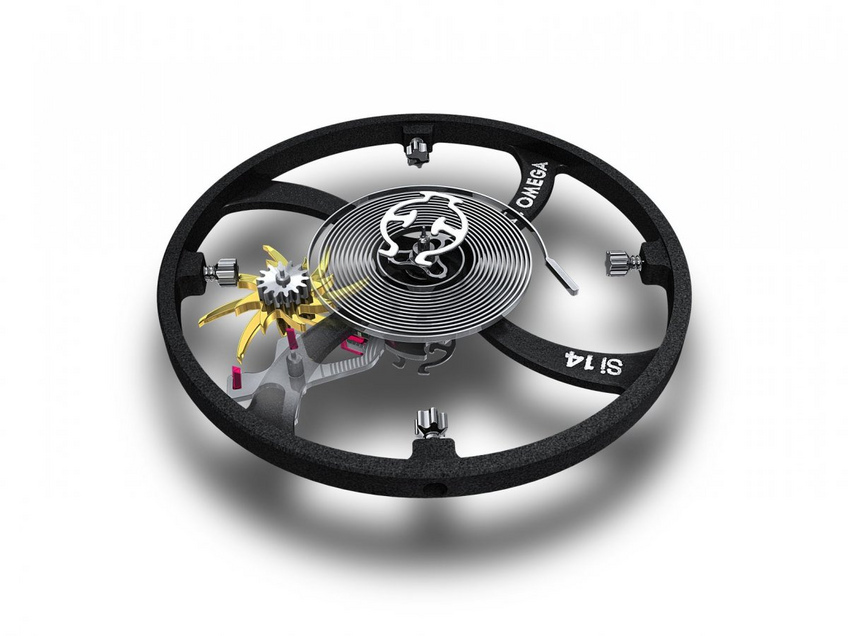
And how about the escapement Mika Rissanen developed for the small brand Rudis Sylva? Interesting because of its two meshed toothed balances, it could have been added to an escapement like the Dual Ulysse or any other one developed in-house that was based on the great principles of Breguet's "Sympathique" escapement. Thus, it could have provided better precision. Yet, the watchmakers of the small brand, who are nevertheless renowned for their watchmaking passion, declared they were satisfied with the organ's working results and did not seek to push the boundaries, as had done respected researcher David S. Landes.
The Holy Grail of great master watchmakers has always been to push the boundaries in order to attain improved precision. Unfortunately, no one seems to have dared to take up the challenge of beating pure technology ever since quartz proved that it had the upper hand in terms of precision. Well, perhaps except for the Japanese who came up with the small and very simple Spring Drive balance (a sort of toothless wheel) that does not oscillate but self-rotates while it is controlled by a micro electromagnet that makes the balance spin at a frequency of 28,800 rotations per hour.
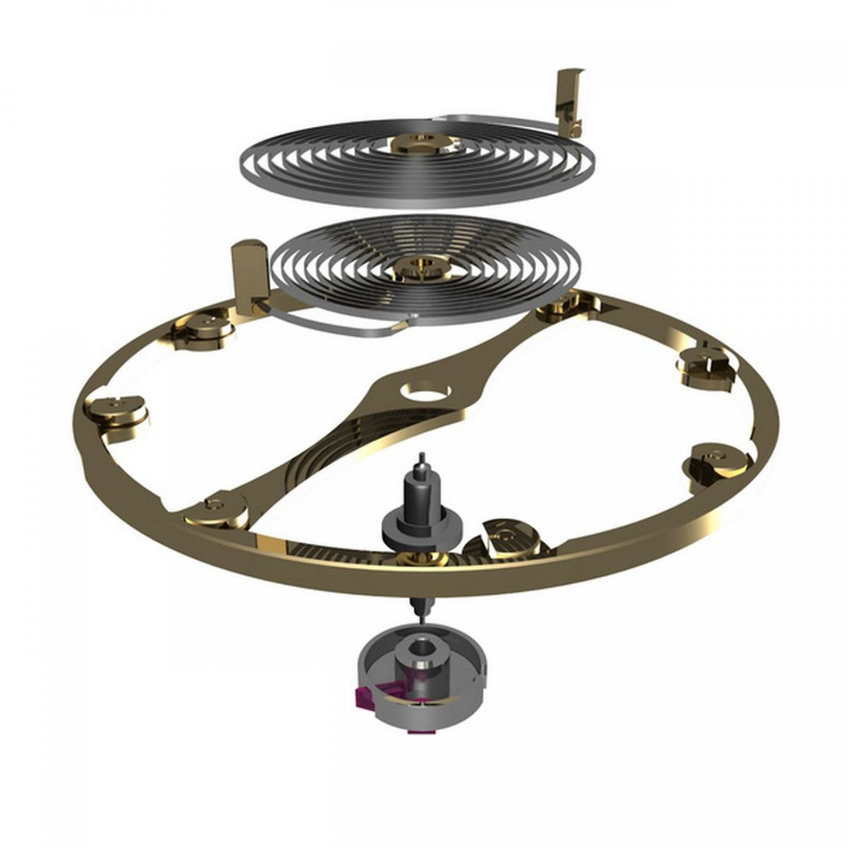
Reliable sources have confirmed that a group of Swiss watchmakers and technicians also worked on this system in the 1970s. This system showed that nothing is unchangeable in chronometry and that it is possible to improve the performance of a purely mechanical watch by subjecting it to the tests of the best contemporary technology (in this case, a self-powered processor that uses the electricity generated by the balance's rotation) and to combine a new regulating system with a new balance.
A second opinion
However, in an endeavor to move forward, most renowned brands have chosen to revisit their flagship models in the last few years. They have kept the Swiss lever escapement even though they have sometimes modified it by using innovating materials (e.g. silicon, or nickel-phosphorus) and avant-garde implementation technologies such as DRIE or LIGA. Most of those brands have also abandoned traditional regulators in favor of adjustable inertia-blocks. In other words, they work with balances of variable inertia.
The first brands to choose this solution were Patek Philippe and Rolex with the "Giromax" and Microstella screws respectively. These efficient balances feature durable settings and have made their way slowly into high-end production. But this is no sign that they cannot revert to common production because when Tissot won the chronometry award with the caliber 2428, it proved that skilled and patient watchmakers can yield above-average results with a basic Glucydur balance combined with a quality balance-spring and a standard caliber. In short, much work remains to be done and “the truth is out there”, as the files showed…
Read also: "Everything revolves around the balance - Part 1"
A lire également, dossier «Quand tout est question de balancier» partie 1




